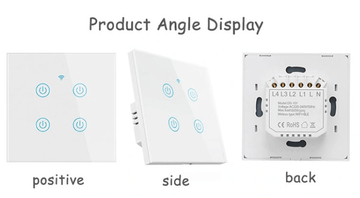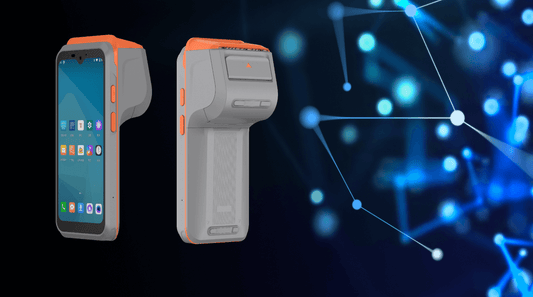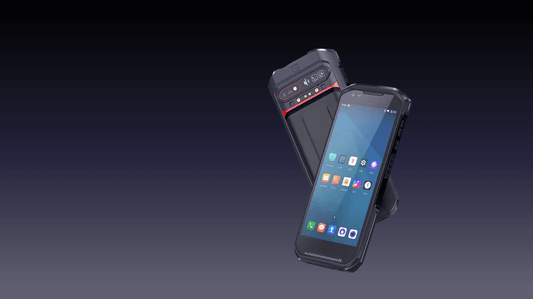Rugged Handheld Terminals in Public Safety: A Case Study on Emergency Response
Introduction
In emergency response operations, reliable communication and real-time data access are critical for saving lives. Traditional consumer devices often fail in extreme conditions, creating dangerous gaps in communication and information access. This case study examines how rugged handheld terminals (RHTs) transformed emergency response operations for a metropolitan fire department, with a special focus on the Leeshion LS-KP26 model that proved instrumental in improving response efficiency.
The Challenge: Limitations of Conventional Devices
A fire and rescue department serving a population of 1.5 million faced significant operational challenges:
-
Device Fragility: Standard tablets and smartphones couldn't withstand heat, water, or shock
-
Communication Breakdowns: Dead zones in urban canyons and underground areas
-
Data Access Delays: Reliance on radio communications instead of real-time information
-
Battery Limitations: Frequent power failures during extended operations
These issues resulted in delayed response times averaging 8-12 minutes for high-priority calls.
The Solution: Implementing Leeshion LS-KP26 Rugged Terminals
The department deployed the Leeshion LS-KP26 rugged handheld terminals, which offered:
Hardware Advantages
-
Military-Grade Durability: IP67 rated against water/dust
-
Enhanced Connectivity: Quad-band 4G LTE, dual-band WiFi, and Bluetooth 5.0
-
Specialized Features:
-
5000mAh removable battery for all-day operation
-
6.2-inch sunlight-readable display with glove-touch capability
-
Integrated 1D/2D barcode scanner
-
Programmable emergency button
-
Software Integration
-
Real-time synchronization with CAD systems
-
Custom emergency response application suite
-
Secure cloud-based data backup
Implementation Process
The deployment followed a structured 3-phase approach:
-
Pilot Testing: 30 units tested across high-activity stations
-
Training Program: 6-hour certification course for all personnel
-
Full Deployment: 200 units distributed across all response vehicles
Measurable Outcomes
After 9 months of implementation:
| Metric | Before | After | Improvement |
|---|---|---|---|
| Average Response Time | 9.2 min | 6.8 min | 26% faster |
| Communication Failures | 22/month | 3/month | 86% reduction |
| Device Failure Rate | 41% | 5% | 88% improvement |
| Report Accuracy | 72% | 94% | 22% increase |
Operational Benefits
-
Real-Time Situational Awareness: Access to building schematics and hazard data
-
Improved Coordination: Seamless communication between teams
-
Data Integrity: Secure digital records for post-incident analysis
-
Cost Efficiency: Reduced device replacement and maintenance costs
Recommendation: Leeshion LS-KP26
Based on the outstanding results, we strongly recommend the Leeshion LS-KP26 for public safety applications due to:
-
Proven Reliability: Consistently performed in extreme conditions
-
Comprehensive Feature Set: All essential tools in one device
-
Cost-Effective Solution: Lower total cost of ownership compared to alternatives
-
Excellent Support: Responsive technical assistance and warranty service
Public safety agencies looking to modernize their operations should consider the LS-KP26 as a turnkey solution that delivers both immediate improvements and long-term value.
No comments








0 comments